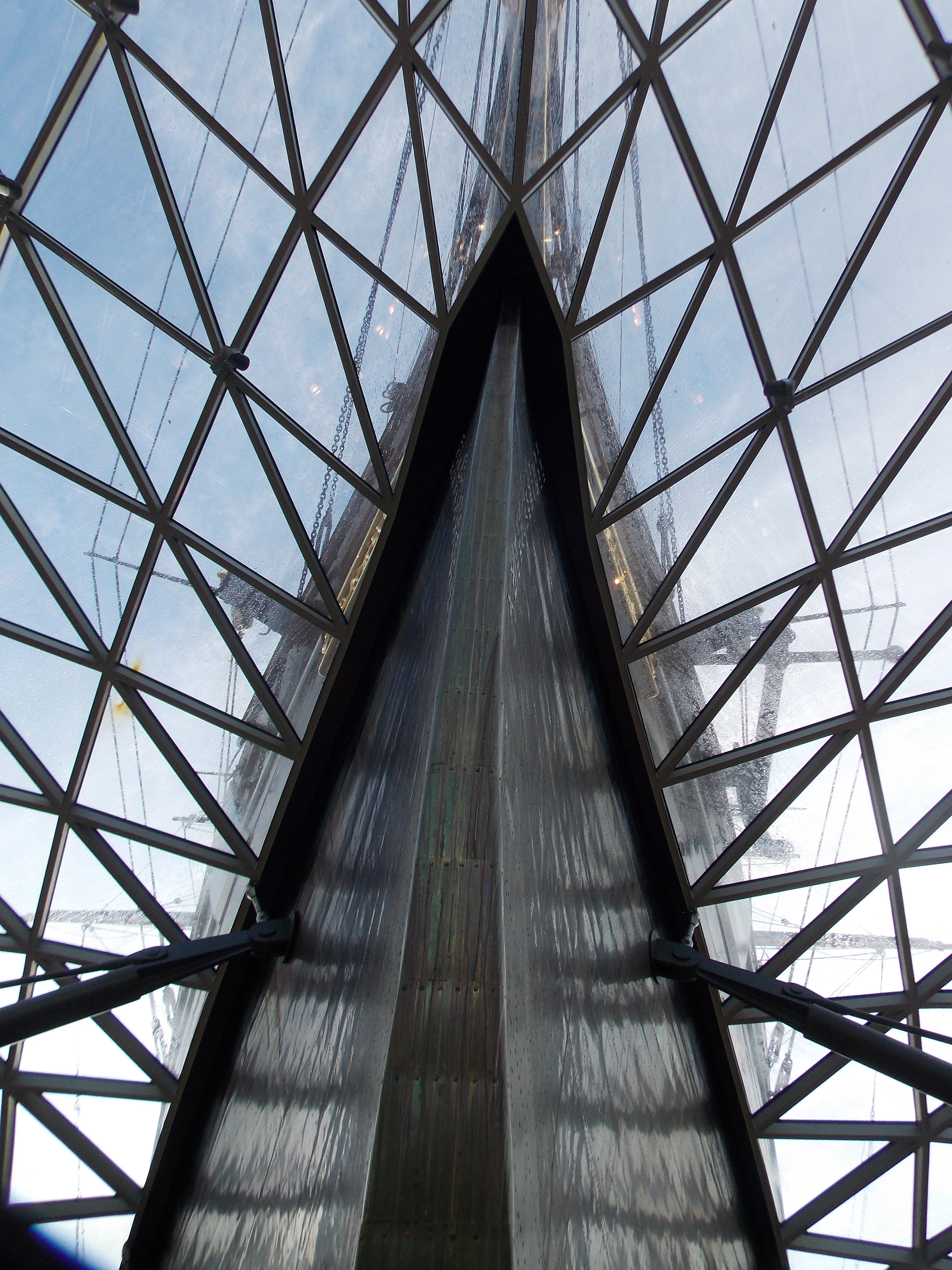I was looking back at reddit posts (while deleting them), and I realized I’d written a book worth of stuff about this topic. I would write it all again, if it is helpful. But for a brief synopsis of “how it works”, here is what one does:
Assess power needs - look at your living standard and catalog all the devices you power, and estimate the time they operate - power is measured in watts, and time in hours. Multiply to get watt-hours; then divide by 1000 to get kilowatt hours. Compare with your utility bill.


The rest of the off-grid installation is safety equipment. Two main categories come to mind. The first is lightning protection. The panels on the roof are aluminum and mounted on aluminum structures. They need to be well grounded! Grounding something on your roof can make you more prone to strikes (but I am vague on this - some things I’ve read make me think it reduces the chance of a strike; like sailboats are rarely struck at sea because the mast tends to be well-grounded and if there is a strike it rarely injures people or equipment), but however it works, the equipment of an off-grid system is expensive and protecting it is not. There are lightning arrestors that act as high-speed switches to ground high voltage on the protected circuits. I have Delta arrestors on both the AC and DC circuits. These devices cost about $20.
The other category is breakers. US electrical codes call for breakers between panels and charge controller, between batteries and connected equipment, and between inverter and loads. But these were not required when I first had a PV system 25 years ago, not even available, and I learned to be very careful and attentive to my power system. Now I live in a concrete house and though a PV system stores a great deal of energy and a fire would be very exciting without doubt - I do not perceive the risk to be great enough to warrant the considerable expense of some of these devices. DC breakers are quite a bit larger and more expensive than their AC counterparts. If I were in a wood-frame house, I would absolutely have all the recommended breakers, or perhaps suitable fuses. As it is, we keep a pair of big dry-chemical fire extinguishers and check the pressure every year.
Nobody is looking over my shoulder on these matters: there is no homeowner insurance, no building inspector. If there were, then everything would have to be to code and nothing to even consider.